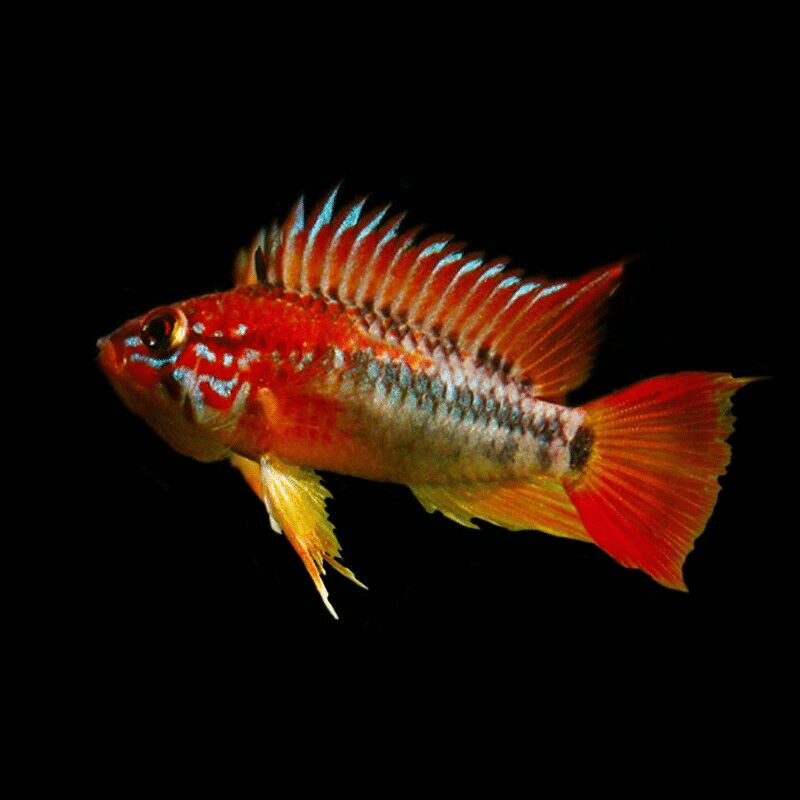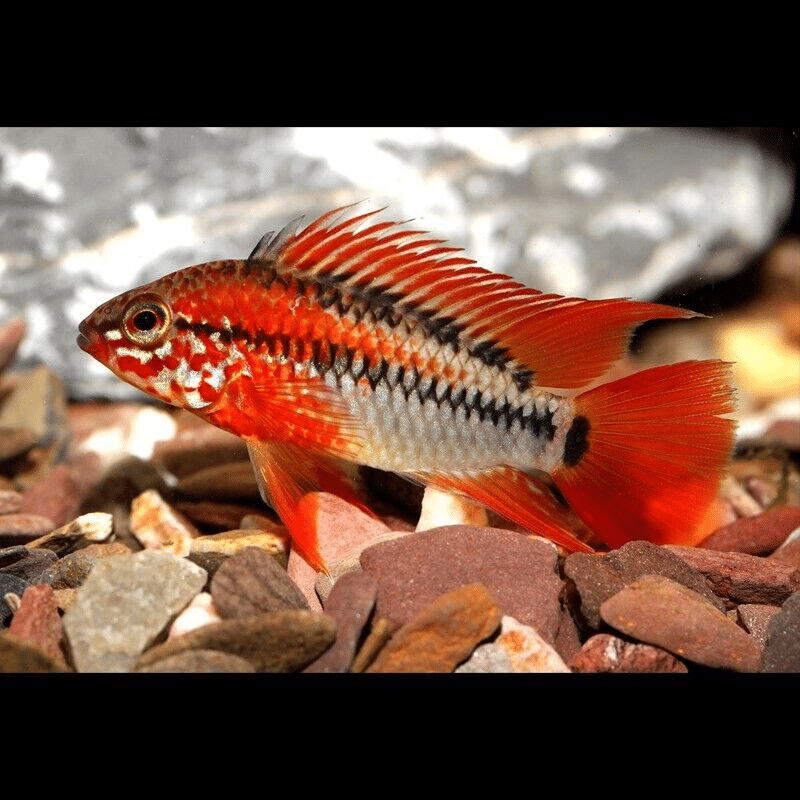To provide the best experiences, we use technologies like cookies to store and/or access device information. Consenting to these technologies will allow us to process data such as browsing behaviour or unique IDs on this site. Not consenting or withdrawing consent, may adversely affect certain features and functions.
The technical storage or access is strictly necessary for the legitimate purpose of enabling the use of a specific service explicitly requested by the subscriber or user, or for the sole purpose of carrying out the transmission of a communication over an electronic communications network.
The technical storage or access is necessary for the legitimate purpose of storing preferences that are not requested by the subscriber or user.
The technical storage or access that is used exclusively for statistical purposes.
The technical storage or access that is used exclusively for anonymous statistical purposes. Without a subpoena, voluntary compliance on the part of your Internet Service Provider, or additional records from a third party, information stored or retrieved for this purpose alone cannot usually be used to identify you.
The technical storage or access is required to create user profiles to send advertising, or to track the user on a website or across several websites for similar marketing purposes.


















Emily Carter (verified owner) –
I recently purchased a pair of Apistogramma Macmasteri «Red Mask» from this shop, and I couldn’t be happier! These little cichlids have brought so much life to my 30-gallon aquarium. After about two weeks, they’ve settled in wonderfully, displaying their beautiful colors and unique behaviors.
I’ve kept different dwarf cichlid species before, but what sets these guys apart is their striking red mask and the playfulness they exhibit. They often dart around, exploring their environment and occasionally showing off in front of one another. The female has been particularly nurturing, which adds to my admiration for these fish.
The shipping was swift, and they arrived healthy and vibrant, reflecting great care in their packaging. My only minor concern was the initial aggression I observed during their first few days, but that’s typical for apistogrammas as they establish their territory.
I highly recommend this pair for anyone looking to add personality to their tropical fish community! They thrive in well-planted tanks with hiding spots, so keep that in mind. Just ensure your water parameters are optimal, and you’ll enjoy their company for years to come.
Emily Carter (verified owner) –
I recently purchased a pair of Apistogramma Macmasteri ‘Red Mask’ dwarf cichlids, and I couldn’t be happier! These stunning fish arrived quickly and in excellent health, which was a relief. After about two weeks in my well-planted 30-gallon aquarium, they’ve really settled in and displayed their vibrant colors beautifully. I love how they interact with each other and explore their surroundings among the plants. Having these cichlids has truly enriched my aquarium’s ecosystem. They are not just lovely to look at but also exhibit interesting behaviors that keep me captivated. As a caring fish parent, seeing them thrive is my top priority, and I’ve noticed they have a healthy appetite for quality fish food—anything with a focus on high protein seems to be a hit! One minor concern is that they can be a bit territorial during breeding, but that’s typical for cichlids, and I’ve managed it well by providing ample hiding spots. Overall, I highly recommend these delightful companions for anyone looking to add personality and beauty to their tank. They are perfect for both experienced aquarists and those newer to the hobby. You won’t regret bringing these charming fish into your home!